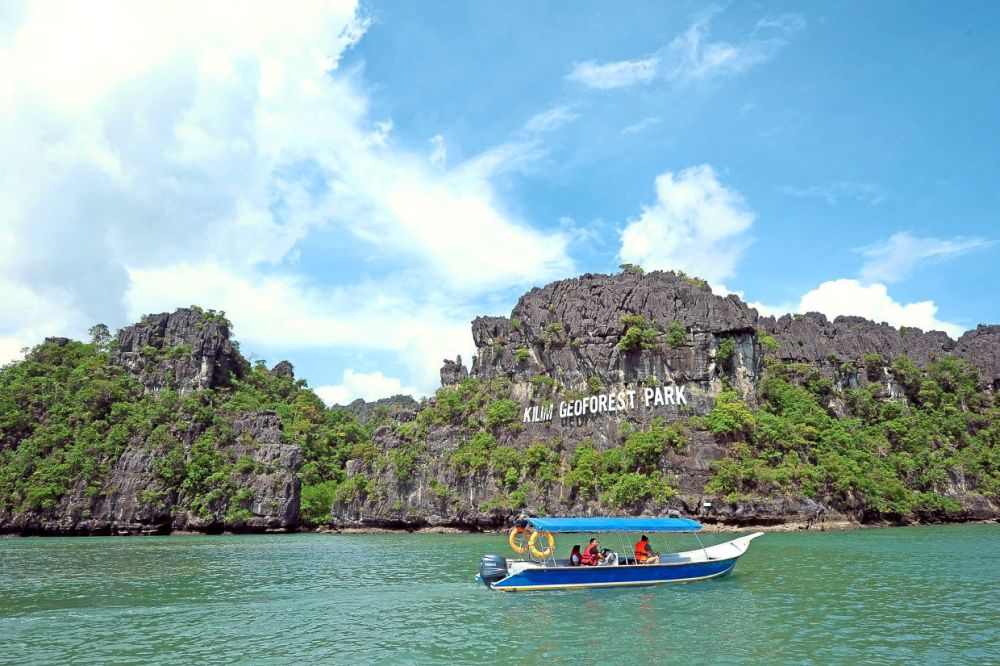

The Kilim Karst Geoforest Park is one of the prime natural attractions in Langkawi, an archipelago of 99 islands in the Andaman Sea, off the coast of northwestern Malaysia. Known for its stunning landscapes, the Geoforest Park forms part of the larger Langkawi Geopark, which was honoured by UNESCO in 2007, being recognized as Malaysia's first Global Geopark.
Tourism in Kilim Karst Geoforest Park has grown substantially since the UNESCO recognition, which put Langkawi on the global map. The history of tourism here dates back to the late 20th century, when the island began to gain popularity as a beach destination. However, it was the establishment of the Langkawi Geopark that highlighted the geological, biological, and cultural significance of regions such as the Kilim Karst Geoforest Park.
With its unique geology and a labyrinth of mangrove waterways, limestone cliffs, and caves, Kilim Karst captured the imagination of travelers seeking eco-adventures. The early 2000s saw the Malaysian government and local authorities commence structured development in tourism infrastructure to accommodate and regulate the increasing inflow of tourists while preserving the natural beauty of the park.
Visitors to the park enjoy a range of activities, including boat tours along the mangrove rivers, exploring ancient caves with stunning stalactite and stalagmite formations, and observing diverse wildlife species like eagles, monkeys, and monitor lizards. The floating fish farm and the bat cave are popular stops on the boat tours.
Conservation and sustainable tourism practices have been crucial in the park's development. Efforts to maintain the ecological balance have included educating tourists on the importance of the mangrove ecosystem, implementing a strict no-litter policy, and introducing controlled tours to minimize environmental impact.
In recent years, there has been a significant shift towards sustainable tourism, with travelers increasingly conscious of their environmental impact. The Kilim Karst Geoforest Park has adapted to this trend by focusing on eco-friendly tourism initiatives and offering educational tours to spread awareness about conservation.
Technology has also enriched visitor experiences, with virtual reality (VR) tours and interactive applications enhancing the interpretive potential of the natural sights. Additionally, with the rise of social media, the park has gained popularity among a younger demographic keen on adventure and 'Instagrammable' locations.
COVID-19 Impact: Like many tourist destinations, Kilim Karst Geoforest Park experienced a downturn in visitor numbers due to the COVID-19 pandemic. However, with recovery efforts underway, there is an emphasis on domestic tourism and stringent health protocols to ensure a safe environment for visitors.
In conclusion, the Kilim Karst Geoforest Park stands as a testament to Malaysia’s natural heritage and is a beacon of sustainable tourism. The park’s management continues to work towards balancing the needs of tourism with the preservation of its unique geological and ecological character.